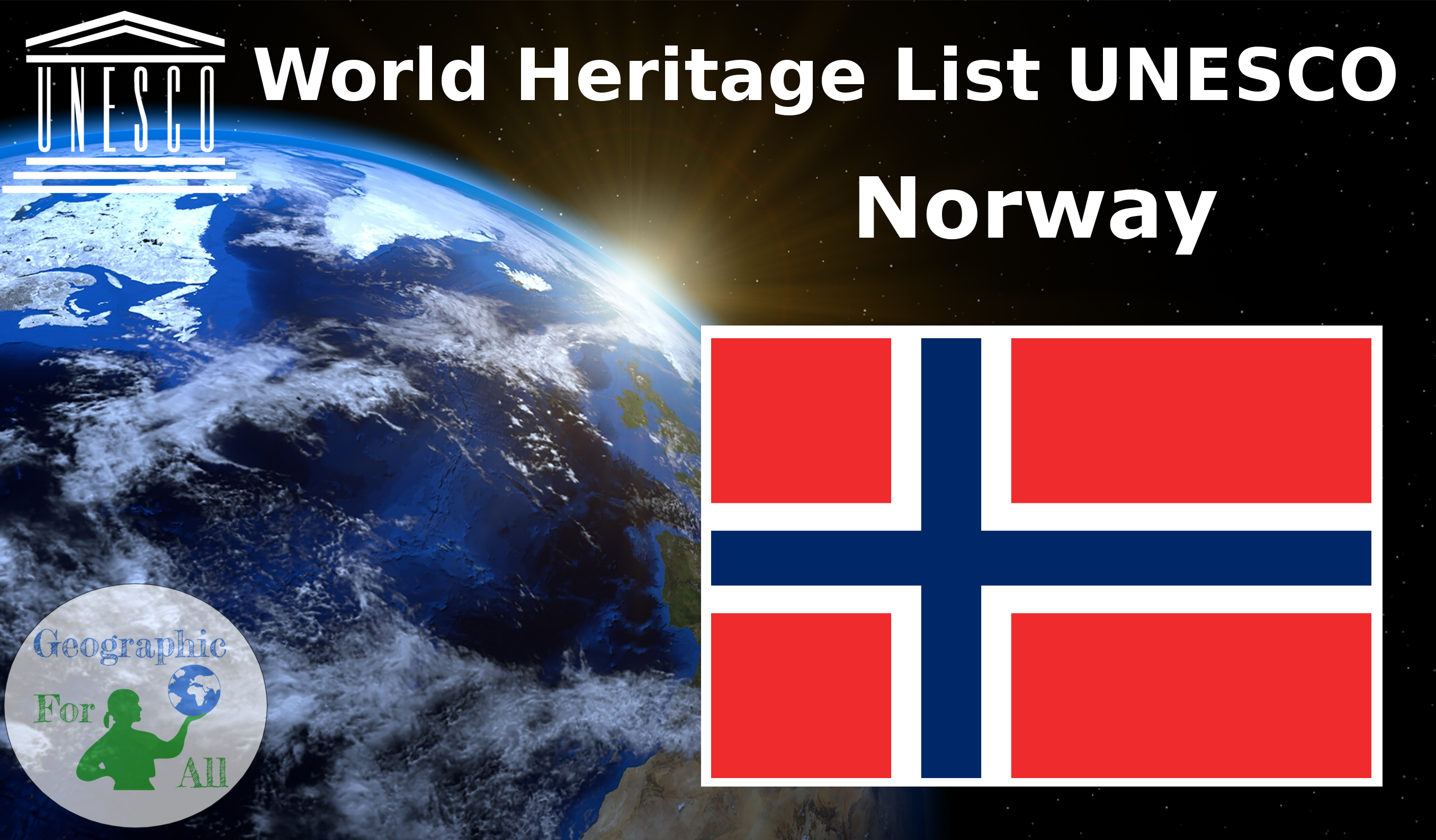Error executing „TranslateText” on „https://translate.eu-central-1.amazonaws.com”; AWS HTTP error: Client error: `POST https://translate.eu-central-1.amazonaws.com` resulted in a `429 Too Many Requests` response:
{„__type”:”ThrottlingException”,”message”:”Rate exceeded”}
ThrottlingException (client): Rate exceeded – {„__type”:”ThrottlingException”,”message”:”Rate exceeded”}
59 Bryggen – 1979
, the old wharf of Bergen, is a reminder of the town’s importance as part of the Hanseatic League’s trading empire from the 14th to the mid-16th century. Many fires, the last in 1955, have ravaged the characteristic wooden houses of . Its rebuilding has traditionally followed old patterns and methods, thus leaving its main structure preserved, which is a relic of an ancient wooden urban structure once common in Northern Europe. Today, some 62 buildings remain of this former townscape.
58 Urnes Stave Church – 1979
The wooden church of Urnes (the stavkirke) stands in the natural setting of Sogn og Fjordane. It was built in the 12th and 13th centuries and is an outstanding example of traditional Scandinavian wooden architecture. It brings together traces of Celtic art, Viking traditions and Romanesque spatial structures.
55 Røros Mining Town and the Circumference – 1980
is linked to the copper mines, established in the 17th century and exploited for 333 years until 1977. The site comprises the Town and its industrial-rural cultural landscapes; Femundshytta, a smelter with its associated area; and the Winter Transport Route. Completely rebuilt after its destruction by Swedish troops in 1679, Røros contains about 2000 wooden one- and two-storey houses and a smelting house. Many of these buildings have preserved their blackened wooden façades, giving the town a medieval appearance.
Nie ma takiej reklamy 🙁 Surrounded by a buffer zone, coincident with the area of privileges (the Circumference) granted to the mining enterprise by the Danish-Norwegian Crown (1646), the property illustrates the establishment and flourishing of a lasting culture based on copper mining in a remote region with a harsh climate.
352 Rock Art of Alta – 1985
This group of petroglyphs in the Alta Fjord, near the Arctic Circle, bears the traces of a settlement dating from c. 4200 to 500 B.C. The thousands of paintings and engravings add to our understanding of the environment and human activities on the fringes of the Far North in prehistoric times.
1143 Vegaøyan – The Vega Archipelago – 2004
A cluster of dozens of islands centred on Vega, just south of the Arctic Circle, forms a cultural landscape of107,294 ha, of which 6,881 ha is land. The islands bear testimony to a distinctive frugal way of life based on fishing and the harvesting of the down of eider ducks, in an inhospitable environment. There are fishing villages, quays, warehouses, eider houses (built for eider ducks to nest in), farming landscapes, lighthouses and beacons. There is evidence of human settlement from the Stone Age onwards. By the 9th century, the islands had become an important centre for the supply of down, which appears to have accounted for around a third of the islanders’ income. The Vega Archipelago reflects the way fishermen/farmers have, over the past 1,500 years, maintained a sustainable living and the contribution of women to eiderdown harvesting.
1187 Struve Geodetic Arc – 2005
The Struve Arc is a chain of survey triangulations stretching from Hammerfest in Norway to the Black Sea, through 10 countries and over 2,820 km. These are points of a survey, carried out between 1816 and 1855 by the astronomer Friedrich Georg Wilhelm Struve, which represented the first accurate measuring of a long segment of a meridian.
Nie ma takiej reklamy 🙁 This helped to establish the exact size and shape of the planet and marked an important step in the development of earth sciences and topographic mapping. It is an extraordinary example of scientific collaboration among scientists from different countries, and of collaboration between monarchs for a scientific cause. The original arc consisted of 258 main triangles with 265 main station points. The listed site includes 34 of the original station points, with different markings, i.e. a drilled hole in rock, iron cross, cairns, or built obeliski.
1195Fiordy Zachodnionorweskie — Geirangerfjord i Nærøyfjord — 2005
Położony w południowo-zachodniej Norwegii, na północny wschód od Bergen, Geirangerfjord i Nærøyfjord, oddalonych od siebie o 120 km, stanowią część zachodniego norweskiego krajobrazu fiordu, który rozciąga się od Stavanger na południu do Andalsnes, 500 km na północny wschód. Dwa fiordy, wśród najdłuższych i najgłębszych na świecie, są uważane za archetypowe krajobrazy fiordów i jedne z najbardziej malowniczo wybitnych w dowolnym miejscu. Ich wyjątkowe naturalne piękno pochodzi z wąskich i stromych krystalicznych ścian skalnych, które wznoszą się do 1.400 m od Morza Norweskiego i rozciągają się 500 m poniżej poziomu morza. Ściany fiordów mają liczne wodospady, podczas gdy płynące rzeki przecinają swoje lasy liściaste i iglaste do jezior lodowcowych, lodowców i chropowatych gór. W krajobrazie znajduje się szereg wspierających zjawisk przyrodniczych, zarówno lądowych, jak i morskich, takich jak moreny podwodne i ssaki morskie.
Dziedzictwo przemysłowe Rjukan-Notodden 1486 — 2015
Położony w dramatycznym krajobrazie gór, wodospadów i dolin rzecznych, obiekt składa się z elektrowni wodnych, linii przesyłowych, fabryk, systemów transportowych i miast.
Nie ma takiej reklamy 🙁 Kompleks został założony przez Norsk-Hydro Company do produkcji nawozów sztucznych z azotu w powietrzu. Został zbudowany w celu zaspokojenia rosnącego popytu na produkcję rolną na początku XX wieku. Miejscowości Rjukan i Notodden pokazują obiekty noclegowe i socjalne pracowników połączone koleją i promem do portów, w których załadowano nawóz. Miejsce Rjukan-Notodden przejawia wyjątkową kombinację zasobów przemysłowych i tematów związanych z krajobrazem przyrody. Wyróżnia się jako przykład nowego globalnego przemysłu na początku XX wieku.


0 Comments for “Lista światowego dziedzictwa UNESCO Norwegia”